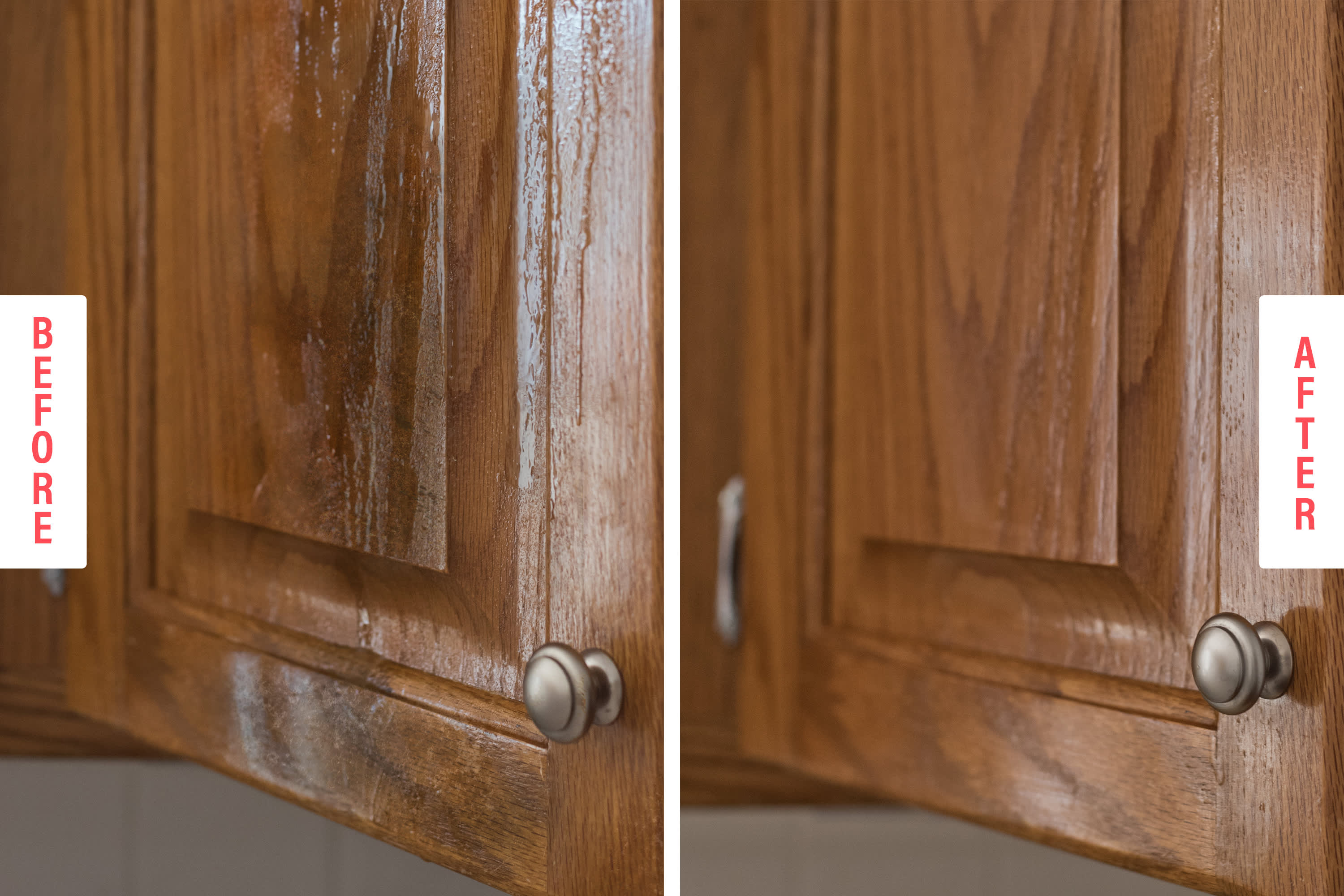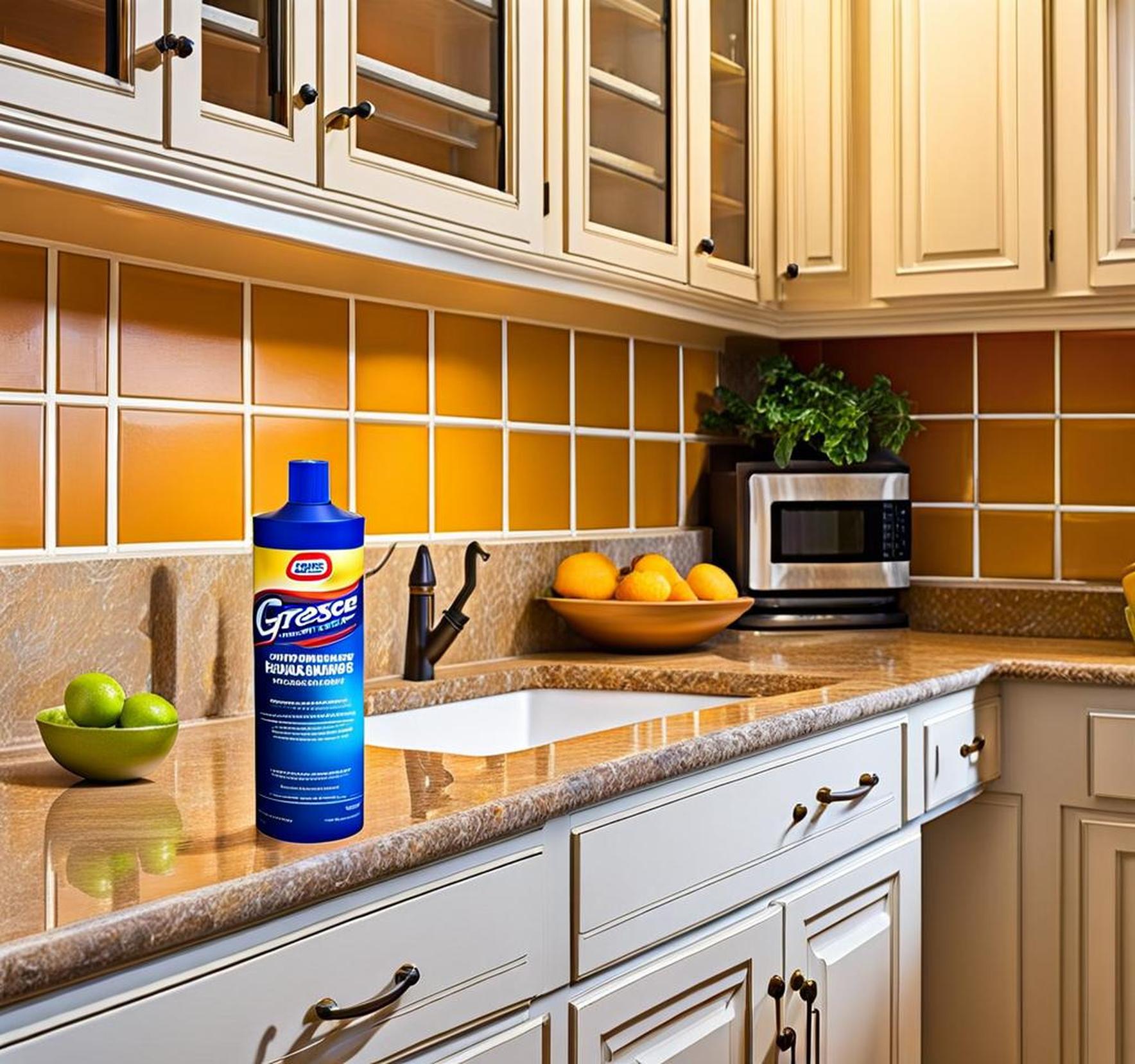Types of Degreasers for Kitchen Cabinets

Selecting the right degreaser is crucial for optimal paint adhesion when refinishing kitchen cabinets. Improper cleaning can leave behind residues that compromise the finish, leading to peeling or chipping. The choice of degreaser depends on the type and severity of the grease and grime, as well as safety considerations.
Degreaser Types: A Comparison
The effectiveness and safety profile of degreasers vary considerably depending on their chemical composition. Choosing the appropriate type is essential for both achieving a clean surface and protecting the user’s health.
| Degreaser Type | Pros | Cons | Suitability for Cabinet Prep |
|---|---|---|---|
| Solvent-Based | Highly effective at dissolving grease and oils; fast-acting. | Strong odor; flammable; potential for damage to certain cabinet materials; requires good ventilation; may require multiple rinses. | Suitable for heavily soiled cabinets made of durable materials, but requires careful use and thorough rinsing. |
| Citrus-Based | Pleasant scent; biodegradable; less harsh than solvent-based options; generally safer for the environment. | May not be as effective on stubborn grease; slower acting than solvent-based degreasers. | Suitable for lightly to moderately soiled cabinets; a good choice for environmentally conscious consumers. |
| Alkaline-Based | Effective at dissolving grease and grime; relatively inexpensive. | Can be corrosive to certain materials; may require thorough rinsing to prevent residue; can be harsh on skin. | Suitable for moderately soiled cabinets; requires careful selection based on cabinet material and thorough rinsing. |
| Enzymatic | Environmentally friendly; effective at breaking down grease and organic matter; less harsh on surfaces. | Slower acting than other degreasers; may not be effective on heavily soiled cabinets; can be more expensive. | Suitable for lightly soiled cabinets or as a pre-treatment for stubborn grease before using a stronger degreaser. |
Chemical Composition and Working Mechanisms
Solvent-based degreasers typically utilize hydrocarbons or other organic solvents to dissolve grease. Citrus-based degreasers leverage the natural solvent properties of citrus oils, like d-limonene. Alkaline-based degreasers, often containing sodium hydroxide or potassium hydroxide, saponify fats and oils. Enzymatic degreasers employ biological enzymes to break down organic matter.
Safety Precautions and Health Hazards
Solvent-based degreasers pose significant fire hazards and can cause respiratory irritation or skin damage if not handled with care. Always ensure adequate ventilation and wear appropriate PPE, including gloves, eye protection, and a respirator. Alkaline-based degreasers are corrosive and can cause chemical burns; skin contact should be avoided. While generally safer, even citrus-based degreasers should be used with caution, avoiding prolonged skin contact and ensuring adequate ventilation. Enzymatic degreasers are typically the least hazardous, but appropriate PPE should still be used.
Application Methods and Procedures
:max_bytes(150000):strip_icc()/use-deglosser-cabinets-before-painting-9361c4a0-4c37f6eacdc34086856df18654a2eb2d.jpg)
Proper degreasing is critical for achieving a durable and aesthetically pleasing paint finish on kitchen cabinets. Failure to adequately remove grease and grime will result in poor paint adhesion, leading to peeling, chipping, and an overall unsatisfactory outcome. The following steps Artikel a comprehensive approach to degreasing kitchen cabinets, maximizing paint longevity and visual appeal.
Best degreaser for kitchen cabinets before painting – Effective degreasing hinges on meticulous preparation and the appropriate application techniques. The choice of degreaser and application method should consider the cabinet material to prevent damage. Thorough rinsing and drying are equally crucial for optimal results.
Cabinet Preparation and Degreasing Application
This section details the step-by-step process for preparing kitchen cabinets for painting using a degreaser. Following these instructions ensures a clean, grease-free surface ready for priming and painting.
- Surface Cleaning: Begin by removing all cabinet doors and hardware. Use a tack cloth or slightly damp sponge to wipe down the cabinet surfaces, removing loose dust, dirt, and debris. Allow to air dry completely.
- Degreaser Application: Apply the chosen degreaser according to the manufacturer’s instructions. Generally, this involves spraying or applying the degreaser evenly onto the cabinet surface using a clean cloth or sponge. Avoid over-saturation, which can lead to damage or streaking.
- Dwelling Time: Allow the degreaser to dwell on the surface for the recommended time (typically a few minutes). This allows the degreaser to effectively break down and lift the grease and grime.
- Rinsing: Thoroughly rinse the cabinet surfaces with clean water, using a sponge or cloth to remove all traces of the degreaser. Pay close attention to corners and crevices. Allow to air dry completely.
- Drying: Ensure the cabinets are completely dry before proceeding to the next step. A fan can help accelerate the drying process. The surface should be completely free from moisture to prevent paint adhesion issues.
Degreaser Application on Various Cabinet Materials, Best degreaser for kitchen cabinets before painting
The application method should be adjusted based on the cabinet material to prevent damage. Different materials have varying sensitivities to harsh chemicals and cleaning methods.
- Wood: Use a mild degreaser and apply it gently to avoid scratching the wood’s surface. Always test in an inconspicuous area first. Wood is porous, so ensure thorough rinsing and drying to prevent trapping moisture.
- Laminate: Laminate is generally more resistant to chemicals. However, avoid abrasive cleaners or excessive scrubbing, which can damage the laminate’s finish. A simple solution of mild dish soap and water might suffice for many laminate surfaces.
- Melamine: Melamine is similar to laminate in its durability. Use a gentle degreaser and avoid harsh scrubbing. Rinse thoroughly and dry completely.
Ideal Cabinet Surface Post-Degreasing
After successful degreasing, the cabinet surface should appear smooth, clean, and completely free from grease residue. A visual inspection should reveal a uniform, matte finish without any oily sheen or sticky residue. A water bead test can confirm successful degreasing; water should bead up uniformly on a clean surface, indicating the absence of grease or other contaminants that would cause the water to spread.
If water droplets spread instead of beading, this indicates the presence of residual grease or grime, requiring a repeat of the degreasing process. Any visible grease spots or discoloration are clear indicators of incomplete degreasing and require further attention. The surface should feel completely clean and dry to the touch.
Choosing the Right Degreaser and Addressing Specific Issues: Best Degreaser For Kitchen Cabinets Before Painting

Selecting the appropriate degreaser for kitchen cabinet preparation is critical for achieving a durable and aesthetically pleasing paint finish. The wrong choice can lead to paint adhesion problems, unsightly residue, or even damage to the cabinet surfaces. This section compares the effectiveness of various degreasers and offers solutions to common problems encountered during the degreasing process.
Effective degreasing hinges on understanding the type and severity of the grease and grime present. Stubborn buildup requires a more powerful solution than light surface grime. Ignoring this crucial aspect can lead to suboptimal results and necessitate time-consuming remediation.
Degreaser Effectiveness Comparison
Three common degreaser types – trisodium phosphate (TSP), citrus-based degreasers, and commercial-grade kitchen degreasers – demonstrate varying levels of effectiveness against stubborn kitchen grease and grime. TSP, a powerful alkaline cleaner, is highly effective at removing ingrained grease and grime. However, it’s crucial to follow safety precautions as it can be harsh on skin and requires thorough rinsing. Citrus-based degreasers offer a more environmentally friendly alternative, effectively removing lighter grease and grime with minimal environmental impact. Their gentler nature makes them suitable for delicate cabinet surfaces. Commercial-grade kitchen degreasers, often formulated with strong solvents, are potent against heavy grease and baked-on grime but may require longer dwell times and careful rinsing to avoid residue. The optimal choice depends on the severity of the soiling and the cabinet material. For example, heavily soiled melamine cabinets might benefit from a commercial-grade degreaser, while lightly soiled wood cabinets could be effectively cleaned with a citrus-based product.
Addressing Common Degreasing Problems
Several issues can arise during the degreasing process. Streaking is a common problem, often caused by uneven application or insufficient rinsing. To prevent streaking, apply the degreaser evenly using a soft cloth or sponge, working in small sections, and rinse thoroughly with clean water. Residue, often appearing as a hazy film, is usually the result of incomplete rinsing or using a degreaser incompatible with the cabinet material. To mitigate this, always follow the manufacturer’s instructions regarding rinsing and consider using a different degreaser if residue persists. Damage to cabinet surfaces, such as discoloration or warping, can occur if a harsh degreaser is used incorrectly or left on for too long. Always test the degreaser on an inconspicuous area first and adhere strictly to the manufacturer’s recommended application time and safety precautions. For delicate surfaces, opting for a milder degreaser, such as a citrus-based cleaner, is advisable.
Choosing the Best Degreaser for Kitchen Cabinets Before Painting
Preparation is paramount for a successful paint job. The selection of the appropriate degreaser significantly impacts the longevity and appearance of the finished product. Assess the condition of the cabinets; heavily soiled surfaces require stronger degreasers, while lightly soiled surfaces may only need a gentle cleaning. Always prioritize safety. Wear appropriate personal protective equipment, including gloves and eye protection, and work in a well-ventilated area. Thoroughly read and follow the manufacturer’s instructions for each degreaser to avoid potential damage to the cabinets or harm to the user. Test the chosen degreaser on an inconspicuous area before widespread application to check for compatibility and potential reactions. A thorough rinsing is crucial to eliminate all traces of the degreaser, ensuring optimal paint adhesion. Failure to properly degrease will likely result in paint adhesion problems and a less durable finish. The final choice should be a balance of effectiveness, safety, and material compatibility, tailored to the specific condition of the cabinets.
